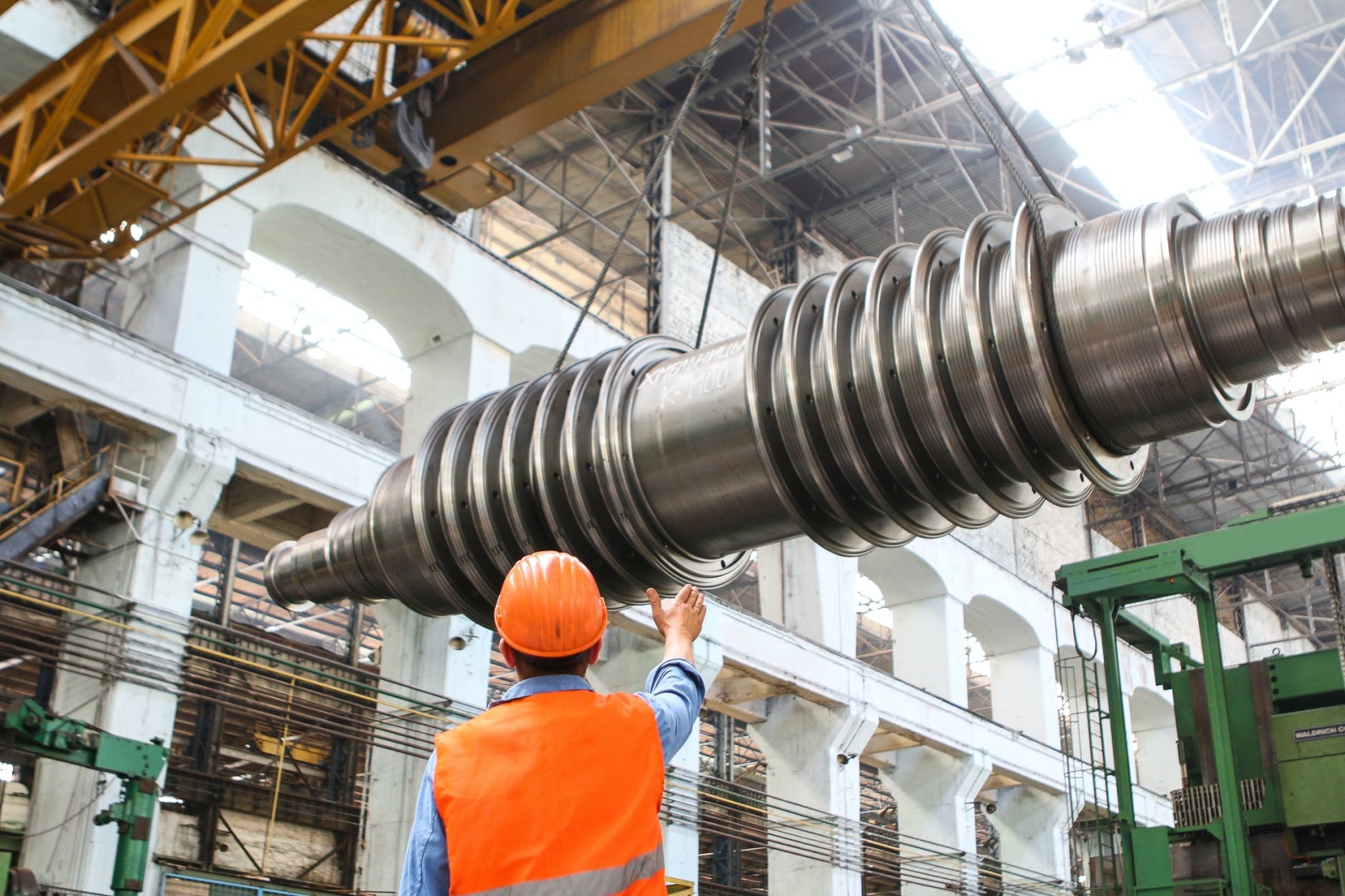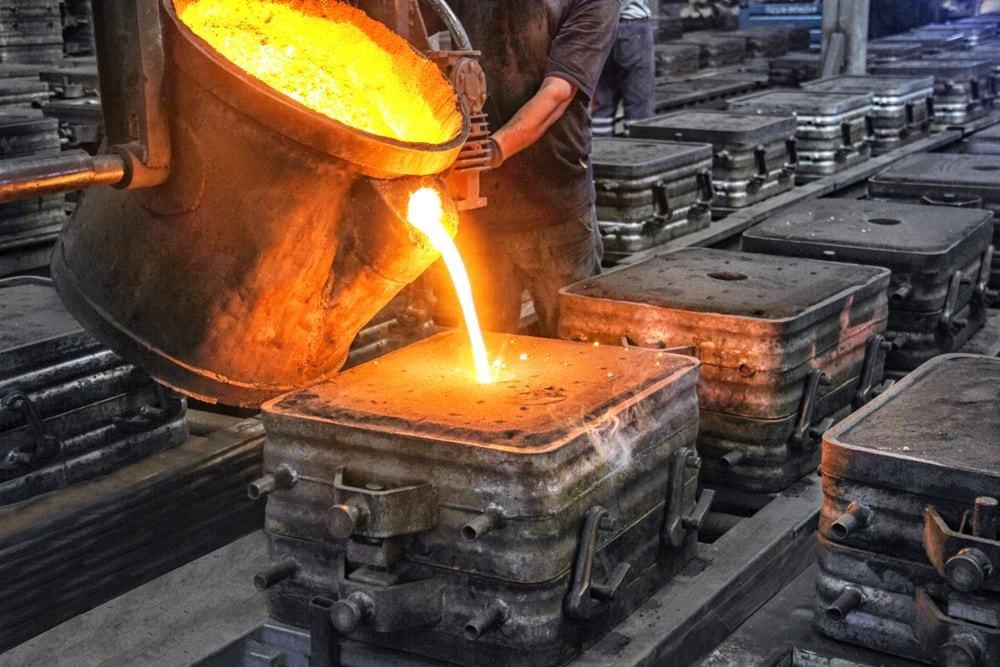Wax investment casting process is broadly used to produce accurate castings by investment casting makers. It can project metallic unequivocally. The course of the investment casting mold is to initially shape a clay, mortar, or plastic shell around the wax object. Then, at that point, eliminate the wax and complete the venture-forming process. At last, the metal has filled the shell to shape investment casting items. Generally, there are 8 investment casting cycle steps in the investment casting foundry.
These days, accuracy investment casting has become exceptionally famous in these investment casting providers due to lower creation costs and waste. An ever-increasing number of businesses need accuracy projecting administrations with proficient investment casting organizations. It has been utilized in numerous fabricating power ages, car, oil and gas, space investigation, clinical, agribusiness, development, business, and buyer items.
Why is it called precision investment casting?
Investment casting projecting interaction with a background marked by many years. Its creation history is extremely long. The technique utilized by investment castings manufacturers in India in the investment casting foundry is principally lost wax projecting. Accordingly, investment casting is also called lost wax speculation projecting, which includes squeezing wax, fixing wax, collecting trees, plunging slurry, softening wax, and projecting liquid metal post-handling. It includes covering a wax design with a fluid material. We refer to it as “investment casting” because the form utilized in the projecting system will be “contributed” by the unmanageable fluid material.
Lost wax investment casting utilizations wax to make a wax form of the part cast and afterward cover the wax shape with mud, a mud shape. After the dirt shape is dried, the investment casting foundry put it in steaming hot water to dissolve the interior wax form. Then, at that point, please take out the dirt form from the dissolved wax shape and fire it into a ceramics form. For the most part, a pouring port is left when making a mud shape. Right now, the investment casting foundry pours the liquid metal from the pouring port. After the dissolve has cooled, the necessary parts are made. Investment casting is likewise called accuracy projecting. This and lost wax are both an assembling interaction. Once artistic form investment casting utilizing wax molds is called lost wax projecting, fluid metal displaying is called accuracy projecting.
Investment casting steps:
The investment casting cycle, likewise called the speculation shaping interaction, has fundamental stages in the investment casting foundry. The essential advance is making an investment casting example for its fundamental capacity of forming clay shells, which will project the last metal parts.
- Investment casting pattern creating
Wax design is the initial investment casting mold for investment casting makers and the premise of the accuracy investment casting cycle. The wax design is made by infusing the wax into a metal shape.
- Wax Tree Assembly
The completed wax example will collect at a wax sprue for large-scale manufacturing since making little parts all at once isn’t efficient. With this wax sprue, these investment casting makers will blend many wax designs, later giving voids to liquid combinations. The sprue additionally makes a streamlined way for the fluid liquid amalgam into the deep darkness. The “Doors” demonstrates the wax interfaces the example and the sprue, and they control the bearing and stream of the liquid compound into the void made by the wax designs.
- Wax Removing
Eliminating the wax inside the shell connects with the investment casting materials quality that investment organizations utilize. So it is vital that clarify the lost wax investment casting.
There are two strategies to complete the investment casting lost wax process:
- Steam-dewax autoclave: This wax machine eliminates most of the wax. This wax can be reused.
- Flashfire broiler: consumes off the rest wax and makes the shell hard. Make an understood and extreme shell for projecting.
Most investment casting organizations utilize the two techniques in the show.
- Metal Pouring
You should guarantee that the shell is preheated to a particular temperature to avoid hardening or freezing off during the infusion cycle. The shell should keep the temperature until the shell is filled.
Enlistment softening means investment casting organizations to utilize a ceramic cup called a pot to dissolve composite. Also, when the amalgam arrives at its softening point, it very well may be filled the shell.
- Shell knock off
When you finish the metal pouring cycle, you should eliminate the shell investment casting materials next. There are three normal mechanical techniques to eliminate the shell.
- Hammer, High-Pressure Water Blast, Vibratory Table
However, the shell can additionally be eliminated artificially, while it will take the issue of wellbeing and the climate.
- Cut off
When you eliminate the shell from the tree, you should cut the part from the sprue and ground of the doors. Producers generally remove leaves behind a slash saw, light or laser, while laser has restricted applications.
ADVANTAGES OF THE INVESTMENT CASTING PROCESS
There are many benefits of investment castings
- Superior surface completion: the clay shell was made by the smooth-surfaced wax design. Cover the wax design with the earthenware, and when you eliminate the wax, you will get a prevalent completed surface.
- Complex, close net calculations: the wax design inside the art is almost the last shape, and the component of fluid ceramic can adjust the wax design and any subtleties of it. When the wax was taken out, the shape was holding. In this manner, empty the liquefied metal into the shell and hang tight to cool. You will get the last calculations.
- Wide scope of composites: the earthenware shell is exceptionally hard to open-minded the outrageous hotness temperatures of liquefied metal. The softening mark of most metals is lower than the lenient place of the shell. Hence the putting projecting can be utilized in a wide scope of amalgams.
- Fine detail: the fluid artistic shell will twist every subtlety that the wax design has so that the eventual outcome will have fine detail.
Conclusion
The metal investmentcasting can deliver virtually every metal part like triggers and hammers guns in the guns business. Each industry that applies metal parts can utilize the investment casting interaction to create its parts.











